SMR Development for Small Grit Power Reactors and Mobile Reactors
Mitsubishi Heavy Industries, Ltd.
Outline
Nowadays, an electric generation plant with a power range of 1,000MWe class and greater have been the mainstream of nuclear power plants all over the world as large-scale and centralized base-load power sources because of its economic performance. Power plants of this size have been considered essential to many country’s economic performance and stability. However, with the increase of renewable generation sources and need to provide carbon-free power to small-scale grid areas, remote island areas, along with long-term and/or temporary mobile power supply in disaster areas, small reactors of 300MWe or less (called SMR; Small Modular Reactor) are expected to meet these needs.
Although we have been developing our own SMR for some time, as a new activity for the future we are now starting to develop a new innovative SMR to enhance the inherent safety performance of small reactors while taking advantage of the highly demonstrable nature of pressurized water reactors (PWR). This new innovative SMR is targeted not only as a power supply for small grid areas but also as a ship-mounted reactor that enables flexible operations as a versatile power source.
Description
In recent years, the United States, Canada, the United Kingdom, and other countries have increased their efforts to develop and introduce SMRs (Small Modular Reactor). In general, SMR is characterized by (1) inherent safety based on its small power output scale, and (2) simplification of the safety system for cooling the reactor in the event of an accident, and (3) adoption of a modular design that enables fabrication at factories, resulting in a reduction in on-site construction work. SMRs generally have a small power output of 300MWe or less, so they are expected to be put to practical use as carbon-free base-load power sources mainly in small grids such as emerging countries and off-grid areas, unlike the medium and large scale nuclear power plants that have been the mainstream. In addition, there are needs which SMRs can fulfill for a long-term stable mobile power supply for remote communities, island areas, or emergency power supply for disaster areas.
We have been developing pressurized water reactors (PWR) for improving the safety and reliability and long-term sustainable use of nuclear power plants, as well as various innovative nuclear technologies including SMRs. Our development of small light-water reactors started at the development of the nuclear powered ship "Mutsu" (From 1967 to 1972; Japan Nuclear Ship Development Corporation). Building upon this, we are now working toward an innovative and compact LWR that takes full advantage of proven PWR characteristics and reflects the specific safety design and module design of SMRs according to its application. This innovative SMR will be developed not only as a small grid power reactor but also as a ship-mounted reactor that can be used for mobile power to meet the needs of micro grids in remote communities and island areas, along with temporary power supply to disaster areas.
In Japan, nuclear power is positioned as an important base load power source for the future, and in the 5th Strategic Energy Plan (July 2018), the expectation of "Promoting innovation in nuclear-related technologies in response to growing social needs" was indicated as an option for decarbonization at the practical stage. In response, in FY 2019, the Ministry of Economy, Trade and Industry (METI) started a subsidy program to support technological development for the promotion of nuclear innovation (called NEXIP). With support of the government subsidized programs, we will promote the development of a multipurpose light water reactor that will meet various social needs in the future for practical application in the 2040s.
As a common concept for power reactors and ship-mounted reactors, we adapt the integrated reactor design in which the primary coolant loop (large diameter piping) and the main components of the primary system (steam generators, primary coolant pumps, pressurizers, etc.) of conventional PWRs are integrated into the reactor vessel. Therefore, the risk of postulated critical accident occurrences, such as loss of coolant due to the rupture of the primary coolant piping, would be eliminated in principle. Safety measures would be achieved to make it possible to stabilize the accident condition and to cool the reactor core by taking advantage of the characteristics of a small reactor with small output. By doing this, SMRs can be positioned well by establishing excellent safety with high reliability. For our new innovative SMR, it will have designed safety measures, i.e., resistant to earthquakes, tsunamis, and other natural disasters along with terrorism and aircraft crash considerations. We are able to do this effectively because of lessons learned from the accident at Tokyo Electric Power Company's Fukushima Daiichi Nuclear Power Station and also taking into account our experience of supporting the restart of existing plants. Furthermore, construction costs would be significantly reduced by adopting a system configuration and equipment design that is as simple as possible while ensuring safety, as well as the minimized containment vessel, module design applied with the latest advanced construction methods, construction rationalization, and shortening of construction periods.
For mobile use, the ship-mounted reactor would be designed to be a core with an output scale that is slightly smaller than that of a power reactor. The reactor vessel can be installed on a ship by greatly reducing its size. In addition, by using the characteristics of PWR, which can be operated without gas-liquid interface in the reactor vessel by pressurizing the coolant in the reactor, stable operation is possible even under environmental conditions such as pitching and tilting of the ship which is particular to marine operations. Furthermore, in order to maximize operability as a mobile power source, we will develop our innovative SMR in a manner to realize the elimination or minimization of large-scale facility replacement, maintenance, fuel replacement to ensure long-term operations.
In conclusion, we will contribute to realizing a net-zero society by developing our innovative SMR that can be used not only for power generation in small scale grid and off-grid areas applications, but also for mobile operations as a ship-mounted reactor or as a power source for ships. Effectively providing carbon-free nuclear energy for various future needs and applications.
Partner(s)
Domestic electric utilities, universities, the Japan Atomic Energy Agency (JAEA), etc.
Other Innovation Challenges
Commercialization of “carbon neutral” and “carbon negative” by implementing carbon capture technology
Mitsubishi Heavy Industries, Ltd.
Decarbonization technology of Waste to Energy Facilities
Mitsubishi Heavy Industries, Ltd.
Dissemination of Low-Carbon Stable Energy Infrastructure Based on IGCC Technology
Mitsubishi Heavy Industries, Ltd.
High-Temperature Gas-cooled Reactor co-generation for hydrogen production
Mitsubishi Heavy Industries, Ltd.
Promotion of centrifugal chillers using low-GWP refrigerant across full capacity range
Mitsubishi Heavy Industries, Ltd.
QoEnTM approach – A Quantitative Index to suggest the direction toward High-quality Energy Infrastructure
Mitsubishi Heavy Industries, Ltd.
the next-generation light water reactor achieving the world's highest safety and economic efficiency
Mitsubishi Heavy Industries, Ltd.
Triple hybrid stand–alone power generation system
Mitsubishi Heavy Industries, Ltd.
World's most efficient large GTCC power plant
Mitsubishi Heavy Industries, Ltd.
Similar Innovation Challenges
Achieving net zero carbon emissions from paint finishing processes
Taikisha Ltd.
Activities for reducing GHG of business operations in Nissin Electric Group
Nissin Electric Co., Ltd.



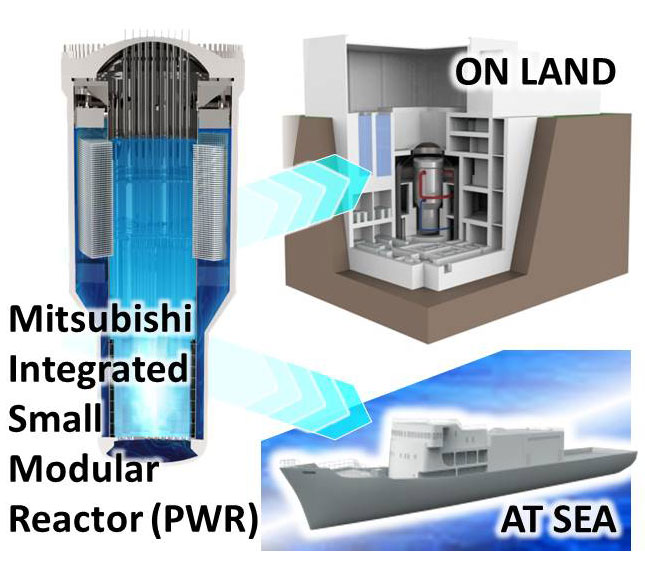
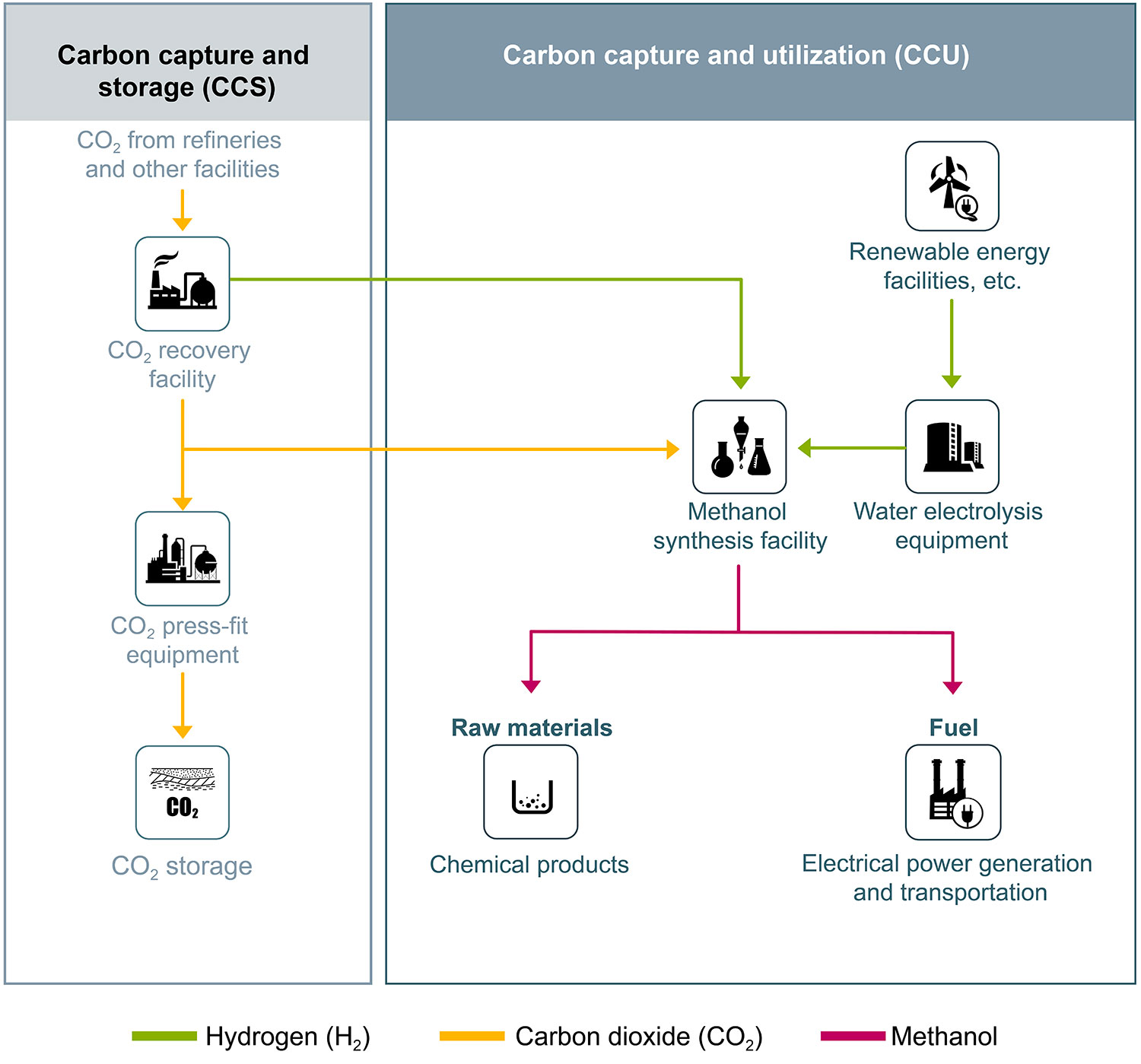
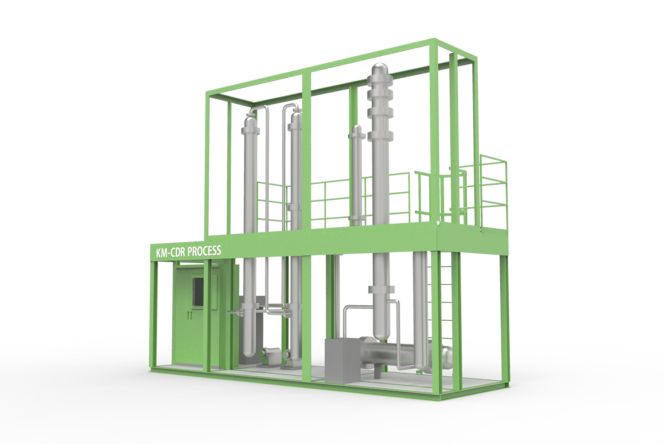


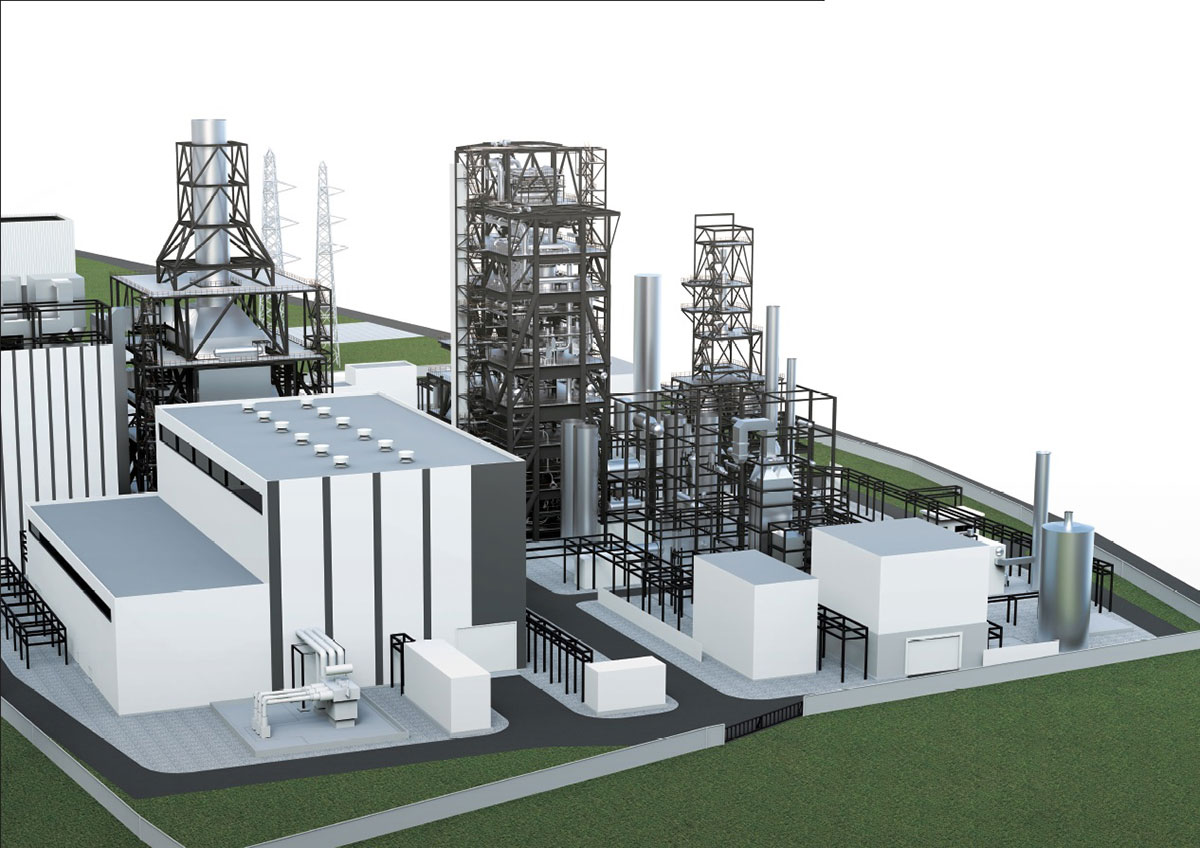

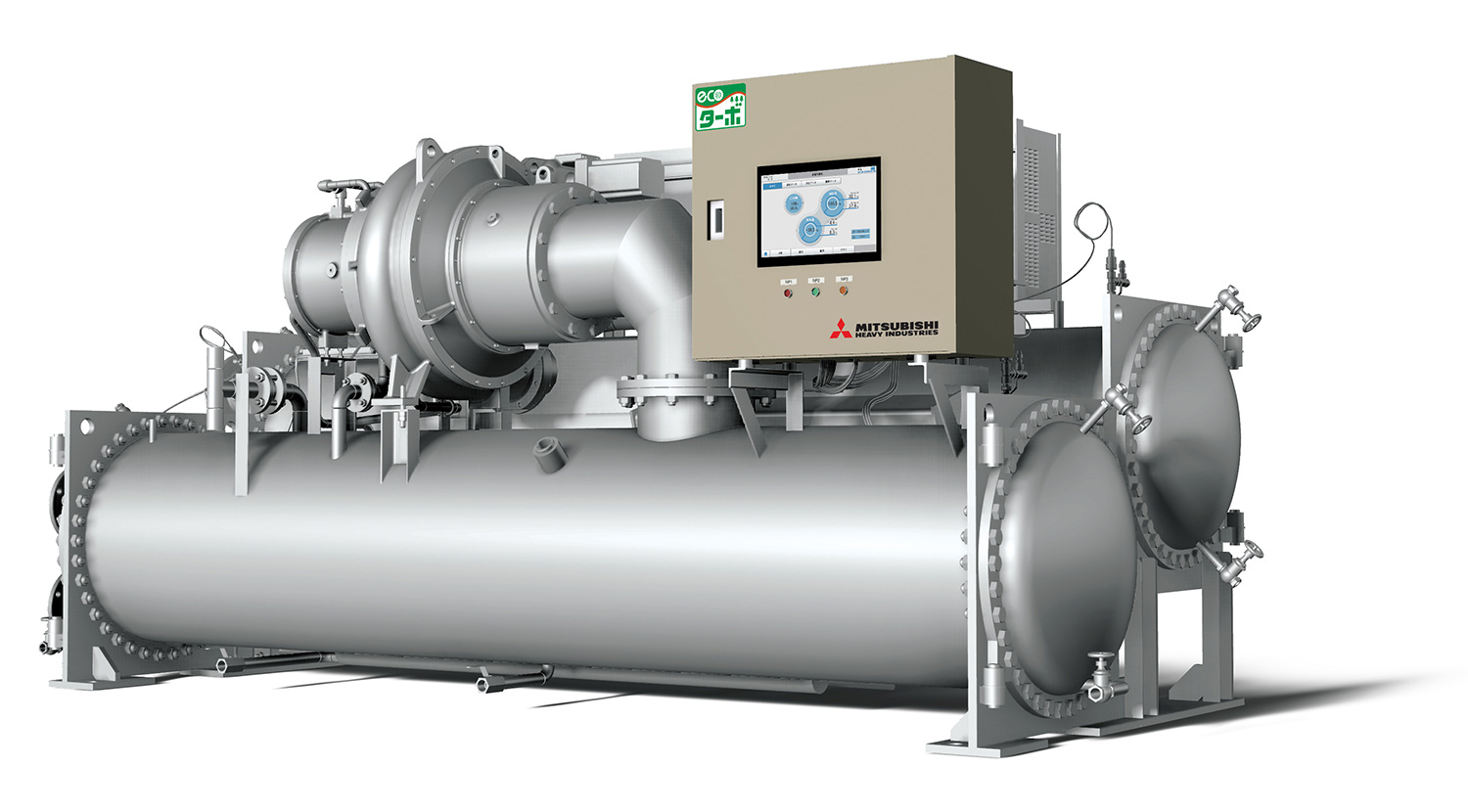
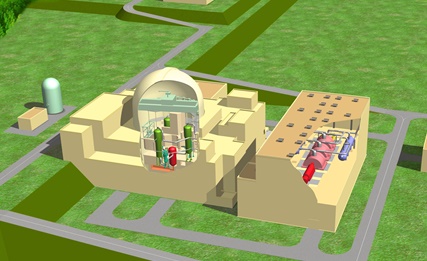
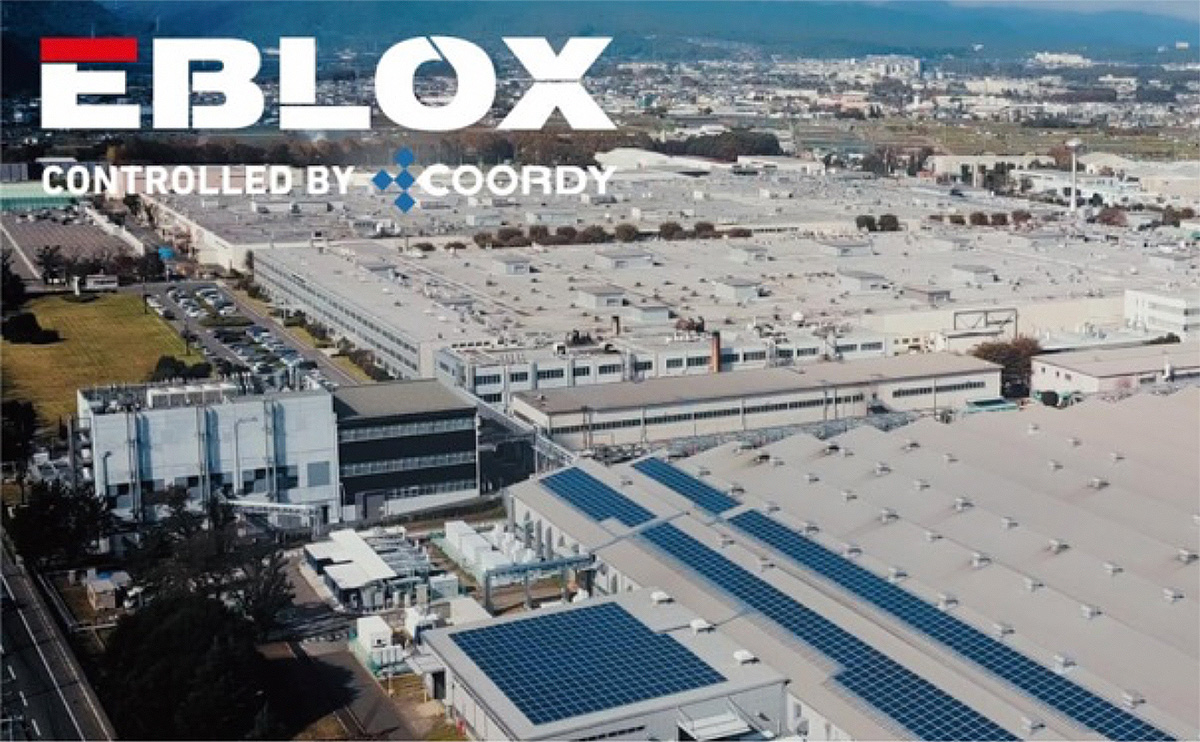
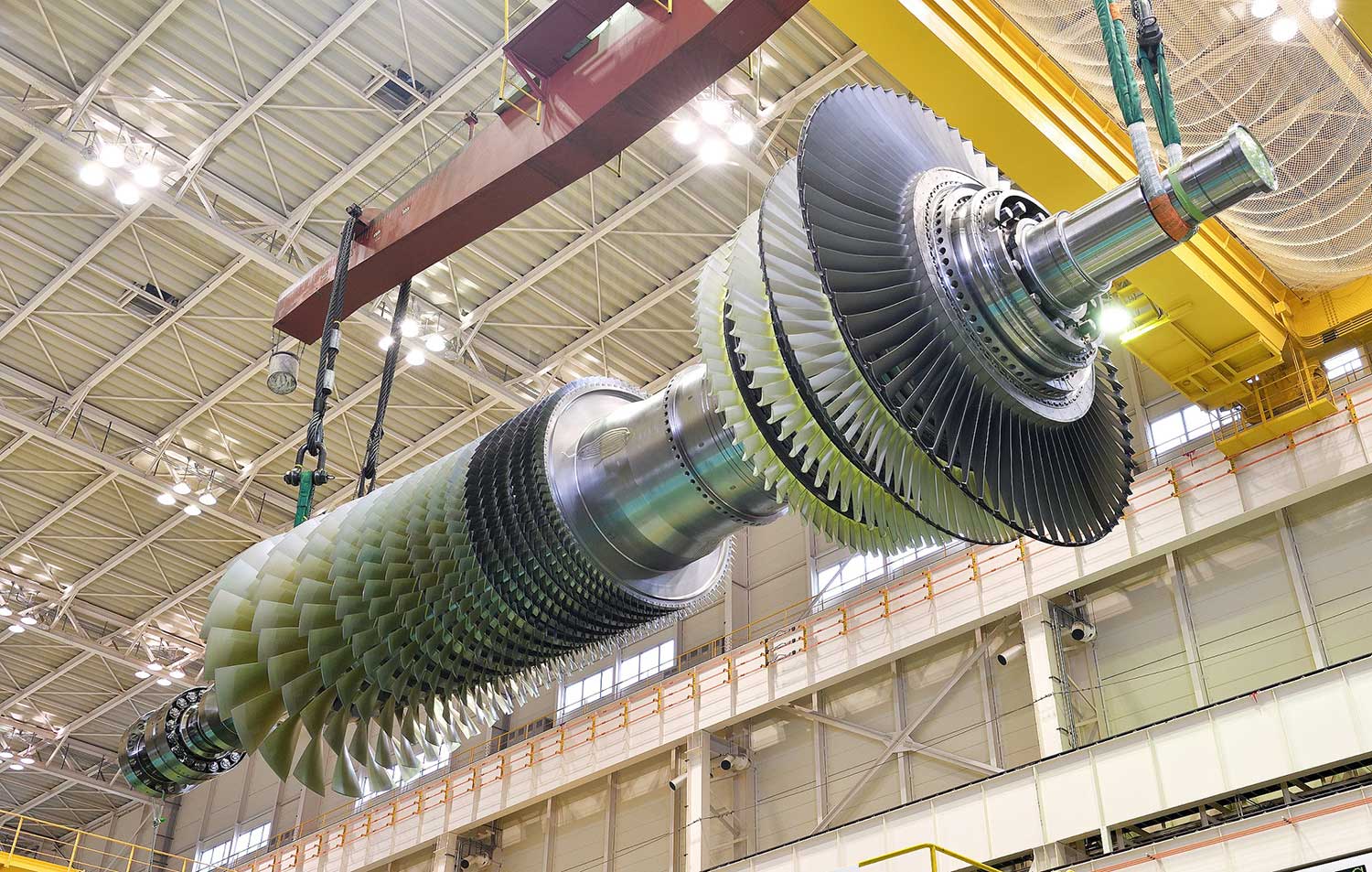
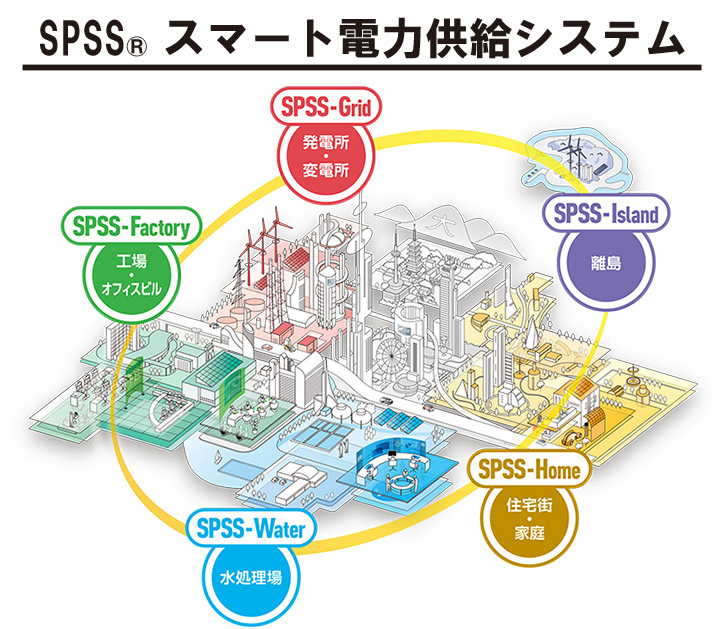


-1人工光合成技術.jpg?id=2&tid=759&imageNumber=1)